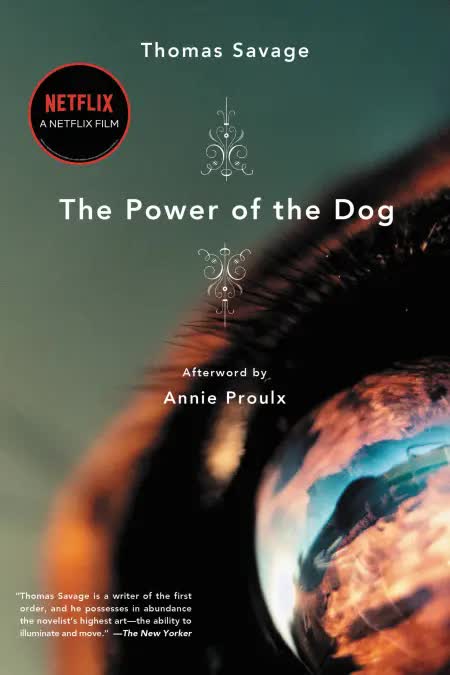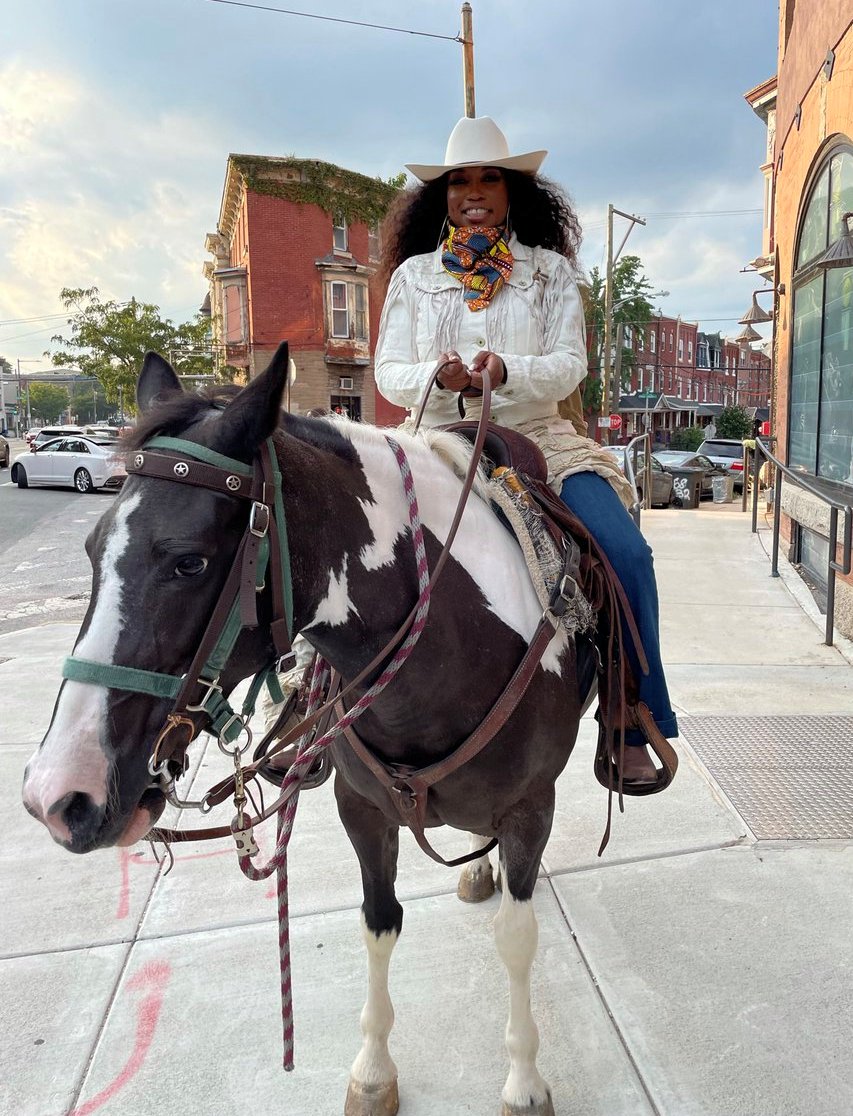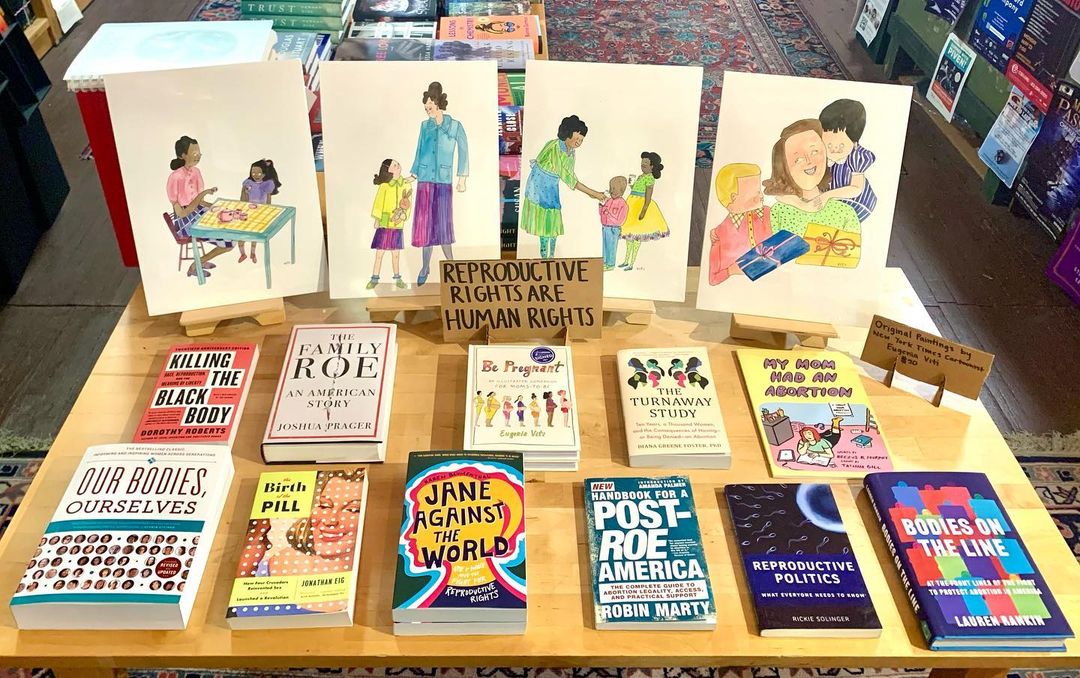As the unofficial movie/TV news correspondent at Shelf Awareness, I spend an unhealthy amount of time scanning "the trades" (Variety, the Hollywood Reporter, Entertainment Weekly, Deadline, etc.) for bookish showbiz tidbits. This may explain why I'm abnormally attuned to the life cycle of book-to-screen adaptations, and why a headline like "Must-watch, must-read: Book adaptations on the big screen" is always irresistible.
 In the latest installment of its "blog mini-series," BookNet Canada shared insights into the sales impact a select group of movies had on their source material. Although both sales and library circulation numbers were studied, I'll focus on the former because that's where I live, in BookSalesLand. Library circulation stats can be found through the same link.
In the latest installment of its "blog mini-series," BookNet Canada shared insights into the sales impact a select group of movies had on their source material. Although both sales and library circulation numbers were studied, I'll focus on the former because that's where I live, in BookSalesLand. Library circulation stats can be found through the same link.
Using SalesData, BookNet Canada gathered statistics on sales for titles related to the top 30 films adapted from books in both 2020 and 2021, with the proviso that "if a film was related to a series of books, all titles in the series were considered together."
It's an interesting list. For someone who considers himself a movie fan and perhaps even more so a book-to-screen fan, I saw fewer of them than I might have thought: Dune, Nomadland, The White Tiger, The Lost Daughter, The Tragedy of Macbeth, Passing, and I'm Thinking of Ending Things. With some of the others, I read the book, skipped the film.
BookNet Canada's first question was: "Will Canadian readers read a book if they've seen the movie first? For the titles adapted into the 60 films under consideration, the answer was a resounding yes." The study found that book sales from 12 weeks pre-release to 12 weeks post-release of the respective films only appeared to increase by 20% overall, but there was an exponential 307% increase in sales from 12 weeks pre-release to the first week post-release, with a 90% spike in sales between one week pre- and post-release. After the first week, sales steadily decreased by 70%.
 The Covid-19 pandemic played its own role, of course. During the past two years, closures and restrictions affected in-store shopping as well as movie theater attendance. What impact did this have on the sales of titles adapted into films? In 2020, sales reached their peak in the first week after the release of a film, with a 52% increase in sales between the first weeks pre- and post-release. In 2021, the trend was more dramatic, with sales also reaching their peak during the first week after release--up 127%--after which sales steadily decreased. BookNet Canada suggested that the difference might be due to pandemic restrictions for bookstores in 2020.
The Covid-19 pandemic played its own role, of course. During the past two years, closures and restrictions affected in-store shopping as well as movie theater attendance. What impact did this have on the sales of titles adapted into films? In 2020, sales reached their peak in the first week after the release of a film, with a 52% increase in sales between the first weeks pre- and post-release. In 2021, the trend was more dramatic, with sales also reaching their peak during the first week after release--up 127%--after which sales steadily decreased. BookNet Canada suggested that the difference might be due to pandemic restrictions for bookstores in 2020.
Of the 60 book-to-film adaptations studied, 42% were fiction titles, 32% juvenile/ YA and 27% nonfiction. Among these, fiction titles had the most sales--up 589% at their peak during the first week post-release of a movie, while juvenile/YA titles increased by 155% during that period. The nonfiction category, on the other hand, had its biggest increase in the third week post-release after a steady increase of 283%.
In the study, 73% of films were adapted from individual titles and 27% were from book series. Despite this, sales of series titles outperformed individual titles, peaking at the first week post-release--up 131% between the first week pre- and post-release. For individual titles, sales only peak in the first week after the film's release, up 99% between the second week pre-release and the first week post-release.
 So, who was going to movie theaters during a pandemic? "With movie theatre restrictions due to the pandemic and the rise of streaming platforms, not all of our 60 book to film adaptations had a full theatrical release--42% did, but 58% had a streaming-exclusive or streaming-focused release (with a very limited theatrical release)," BookNet Canada noted.
So, who was going to movie theaters during a pandemic? "With movie theatre restrictions due to the pandemic and the rise of streaming platforms, not all of our 60 book to film adaptations had a full theatrical release--42% did, but 58% had a streaming-exclusive or streaming-focused release (with a very limited theatrical release)," BookNet Canada noted.
Despite pandemic-induced obstacles, book sales still favored films that had a full theatrical release, peaking in the second week post-release--up 109% from the first week pre-release. For titles adapted into films that had a streaming-dominant release, sales peaked at the first week post-release, up 73%.
As might be expected, the fourth quarter was the most productive in terms of book sales. Although the release dates of the 60 adaptations studied were relatively balanced--32% in the first quarter, 20% in the second quarter, 22% in the third quarter and 27% in the fourth quarter--sales for these titles heavily favored films released during the fourth quarter. This seems logical, given the number of big-budget movies hitting screens throughout the holiday season. Films released in the fourth quarter saw the greatest move, up 113% between the first weeks pre- to post-release.
Ultimately, what fascinates me about this study is the limited window of opportunity for so many of these books to ride the sales wave of a film's release. I keep thinking about all those book-to-screen bookshop displays I've seen--and even built myself--over the years. There's a kind of scripted-in poignancy inherent in the optimistic "Soon to be a major motion picture!" book cover medallions and the movie tie-in special editions, which all-too-quickly become "Used to be a major motion picture!" residue.
Picture this: a movie tie-in paperback, for a film released 10 years ago, still clinging desperately to its perch on a bookstore shelf in the fiction section, whispering the bookish equivalent of "All right, Mr. DeMille, I'm ready for my close-up."
 "As a writer, I think that indies, specifically indie booksellers, have been a major load-bearing column of my career. When my first book came out, it was a pretty limited printing. There weren't huge trumpets and fireworks, fanfare marketing rollout. It was mostly word of mouth. And a lot of that word of mouth was coming from booksellers just handselling it. I feel like I owe so much to indie booksellers because they just embrace the book so completely. And they've done the same for One Last Stop. And now for Shara, it feels like a big hug and it's very nice. I think every single time now that I'm traveling, I go out of my way to find the indies. I see them as so incredibly special now as an adult."
"As a writer, I think that indies, specifically indie booksellers, have been a major load-bearing column of my career. When my first book came out, it was a pretty limited printing. There weren't huge trumpets and fireworks, fanfare marketing rollout. It was mostly word of mouth. And a lot of that word of mouth was coming from booksellers just handselling it. I feel like I owe so much to indie booksellers because they just embrace the book so completely. And they've done the same for One Last Stop. And now for Shara, it feels like a big hug and it's very nice. I think every single time now that I'm traveling, I go out of my way to find the indies. I see them as so incredibly special now as an adult."








 Last week, Shelf Awareness sent our monthly pre-order e-blast to nearly 900,000 of the country's best book readers. The e-blast went to 893,977 customers of 198 participating independent bookstores.
Last week, Shelf Awareness sent our monthly pre-order e-blast to nearly 900,000 of the country's best book readers. The e-blast went to 893,977 customers of 198 participating independent bookstores.
 "Every once in awhile, we clean up nice,"
"Every once in awhile, we clean up nice," 

 The Hawk's Way: Encounters with Fierce Beauty
The Hawk's Way: Encounters with Fierce Beauty Shen Fuyu was born in rural Shen Village in southeast China, and grew up in a family of farmers. At the age of 18, he left home and drifted around the country, working at a variety of jobs--porter, clerk and schoolteacher--and began his writing career. He graduated from Nanjing University in 1996 and has been working as a journalist for 20 years, and has published more than a dozen books. He now lives in Paris. The Artisans: A Vanishing Chinese Village, translated by Jeremy Tiang, was recently published in English by Astra House. It is a collection of interlinked stories about 15 artisans in his home village.
Shen Fuyu was born in rural Shen Village in southeast China, and grew up in a family of farmers. At the age of 18, he left home and drifted around the country, working at a variety of jobs--porter, clerk and schoolteacher--and began his writing career. He graduated from Nanjing University in 1996 and has been working as a journalist for 20 years, and has published more than a dozen books. He now lives in Paris. The Artisans: A Vanishing Chinese Village, translated by Jeremy Tiang, was recently published in English by Astra House. It is a collection of interlinked stories about 15 artisans in his home village. Book you're an evangelist for:
Book you're an evangelist for: In Endless Forms: The Secret World of Wasps, the celebrated British entomologist and modern-day wasp whisperer Seirian Sumner invites readers on a revelatory, as well as highly entertaining, journey to discover the beauty, vast diversity and critical functions of the "most enigmatic of insects." Throughout history, wasps have been misunderstood and compared unfavorably to their cuter cousins, bees. Alert to society's cultural fear of wasps and general lack of understanding of their ecological contributions, Sumner's debut sets out to rehabilitate these ancient insects to their rightful place as admired and valuable members of the insect kingdom.
In Endless Forms: The Secret World of Wasps, the celebrated British entomologist and modern-day wasp whisperer Seirian Sumner invites readers on a revelatory, as well as highly entertaining, journey to discover the beauty, vast diversity and critical functions of the "most enigmatic of insects." Throughout history, wasps have been misunderstood and compared unfavorably to their cuter cousins, bees. Alert to society's cultural fear of wasps and general lack of understanding of their ecological contributions, Sumner's debut sets out to rehabilitate these ancient insects to their rightful place as admired and valuable members of the insect kingdom.
 In the latest installment of its "blog mini-series," BookNet Canada shared insights into the sales impact a select group of movies had on their source material. Although both sales and library circulation numbers were studied, I'll focus on the former because that's where I live, in BookSalesLand. Library circulation stats can be found through the
In the latest installment of its "blog mini-series," BookNet Canada shared insights into the sales impact a select group of movies had on their source material. Although both sales and library circulation numbers were studied, I'll focus on the former because that's where I live, in BookSalesLand. Library circulation stats can be found through the  The Covid-19 pandemic played its own role, of course. During the past two years, closures and restrictions affected in-store shopping as well as movie theater attendance. What impact did this have on the sales of titles adapted into films? In 2020, sales reached their peak in the first week after the release of a film, with a 52% increase in sales between the first weeks pre- and post-release. In 2021, the trend was more dramatic, with sales also reaching their peak during the first week after release--up 127%--after which sales steadily decreased. BookNet Canada suggested that the difference might be due to pandemic restrictions for bookstores in 2020.
The Covid-19 pandemic played its own role, of course. During the past two years, closures and restrictions affected in-store shopping as well as movie theater attendance. What impact did this have on the sales of titles adapted into films? In 2020, sales reached their peak in the first week after the release of a film, with a 52% increase in sales between the first weeks pre- and post-release. In 2021, the trend was more dramatic, with sales also reaching their peak during the first week after release--up 127%--after which sales steadily decreased. BookNet Canada suggested that the difference might be due to pandemic restrictions for bookstores in 2020. So, who was going to movie theaters during a pandemic? "With movie theatre restrictions due to the pandemic and the rise of streaming platforms, not all of our 60 book to film adaptations had a full theatrical release--42% did, but 58% had a streaming-exclusive or streaming-focused release (with a very limited theatrical release)," BookNet Canada noted.
So, who was going to movie theaters during a pandemic? "With movie theatre restrictions due to the pandemic and the rise of streaming platforms, not all of our 60 book to film adaptations had a full theatrical release--42% did, but 58% had a streaming-exclusive or streaming-focused release (with a very limited theatrical release)," BookNet Canada noted.